Death Valley National Park
In this below-sea-level basin, steady drought and record summer heat make Death Valley a land of extremes. Yet, each extreme has a striking contrast. Towering peaks are frosted with winter snow. Rare rainstorms bring vast fields of wildflowers. Lush oases harbor tiny fish and refuge for wildlife and humans. Despite its morbid name, a great diversity of life thrives in Death Valley.
Map showing location of park.
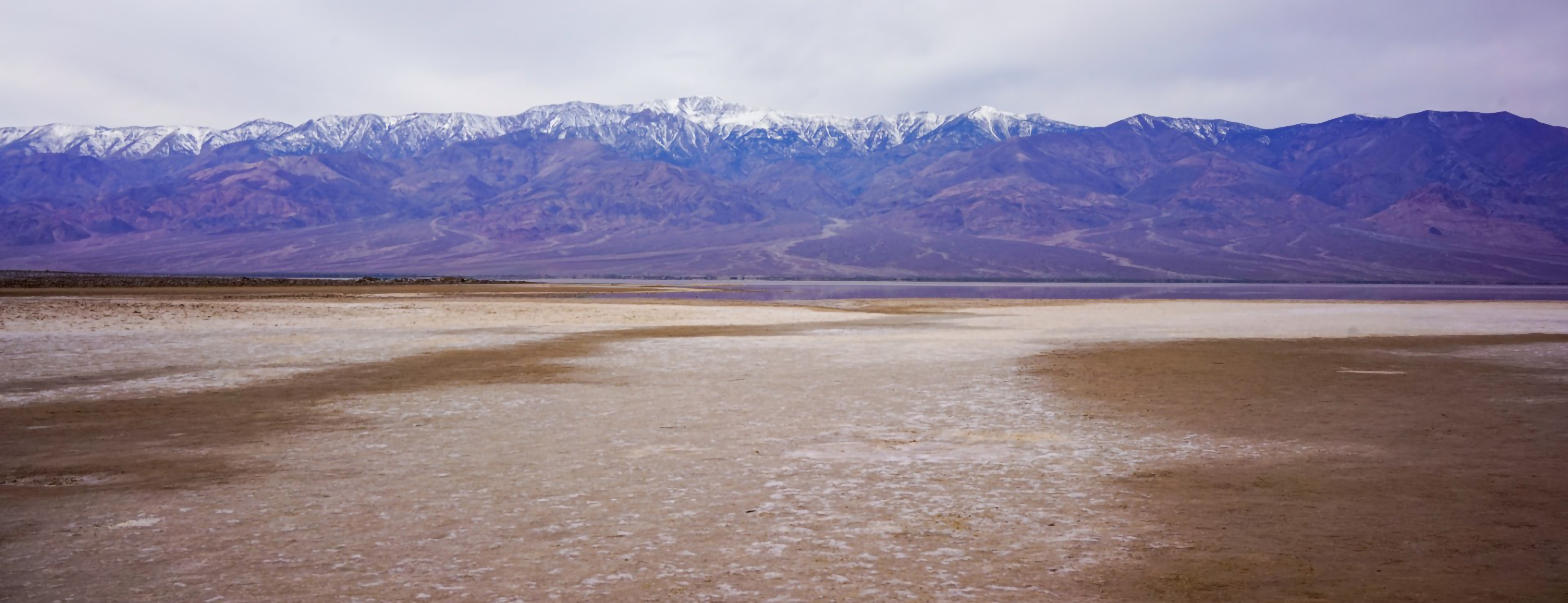
Record Rainfall in Death Valley National Park
Death Valley has experienced record-breaking rainfall, according to the National Weather Service. The wettest fall (Sept-November) measured 2.41 inches, and the wettest November on record measured 1.76 inches of rain. The November rain broke the previous record of 1.70 inches set in 1923.
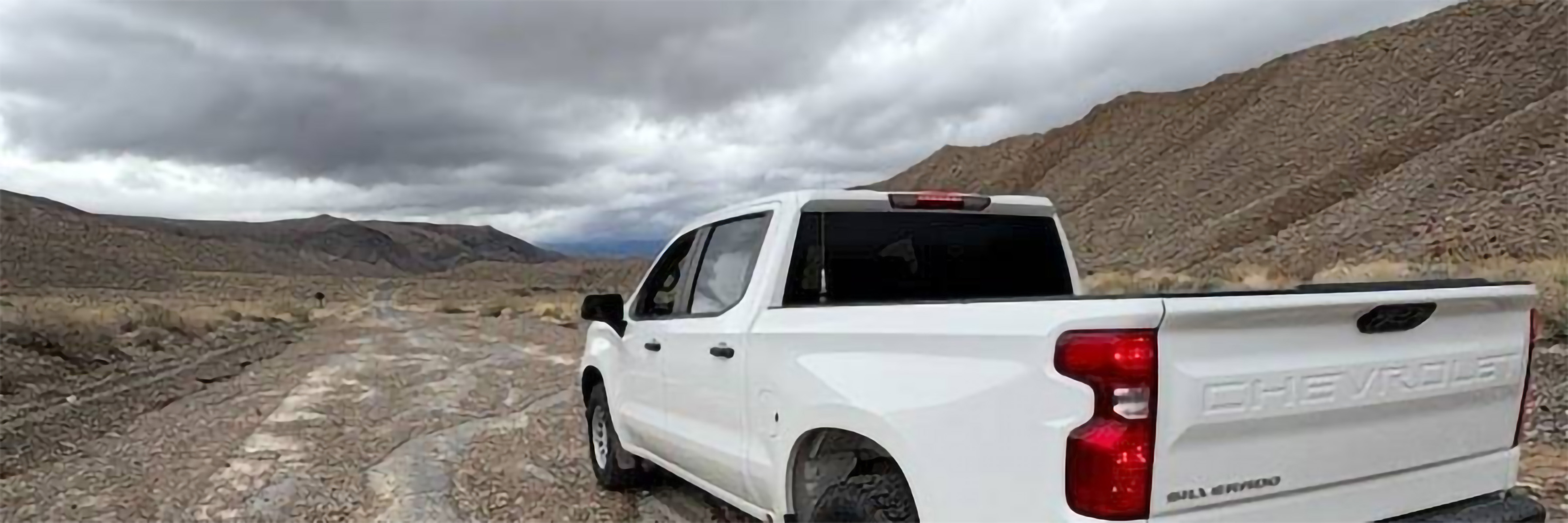
All Day Soaking Rain Closes Roads in Death Valley National Park
A storm on November 15, 2025, produced 0.6 inches of rain at Furnace Creek in Death Valley National Park. At just over a half of an inch, this is more than a quarter of the annual rainfall for Death Valley.
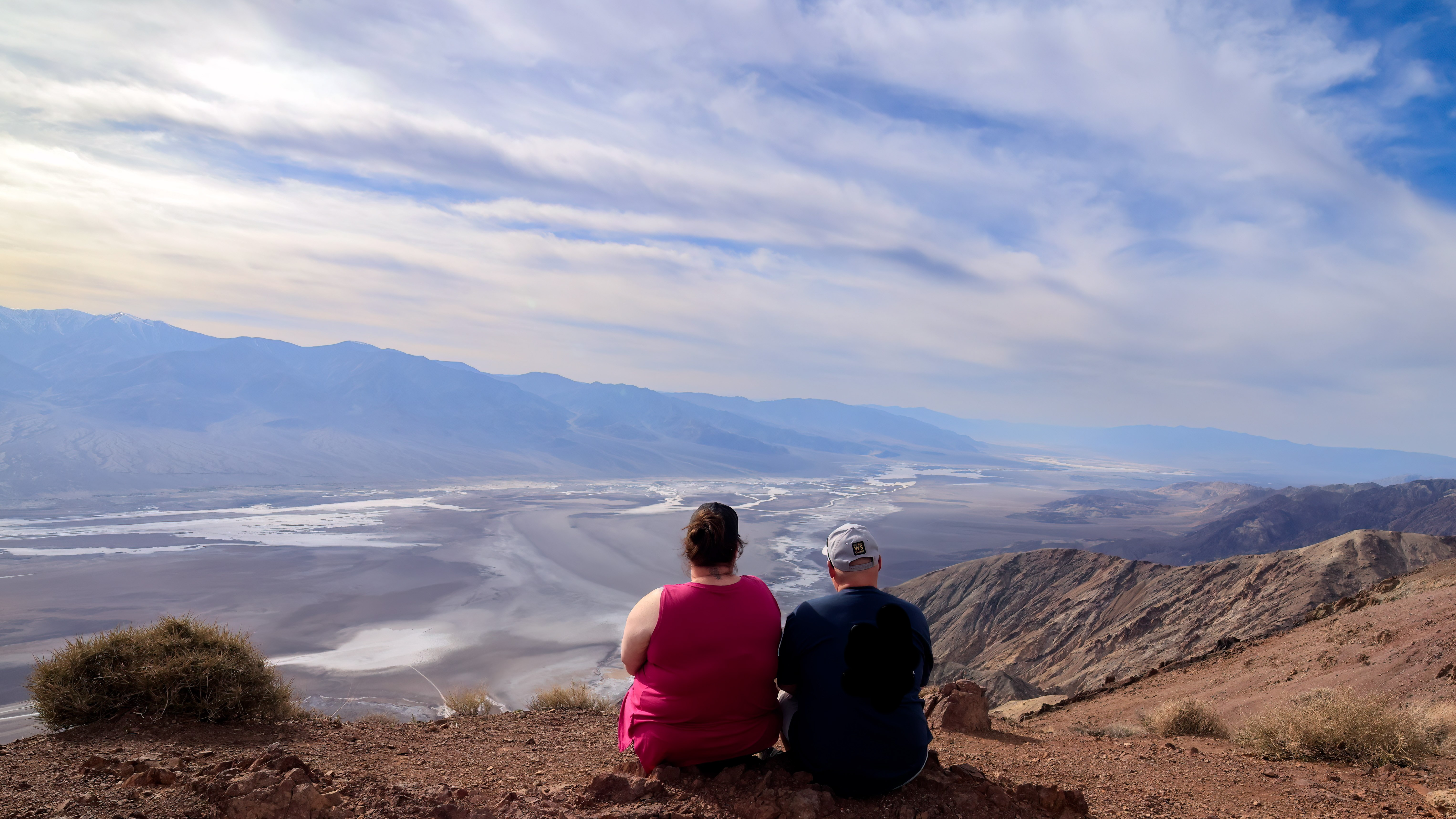
Tourism to Death Valley National Park contributes $146 million to local economy
A new National Park Service report shows that 1,440,484 visitors to Death Valley National Park in 2024 spent $146 million in communities near the park.
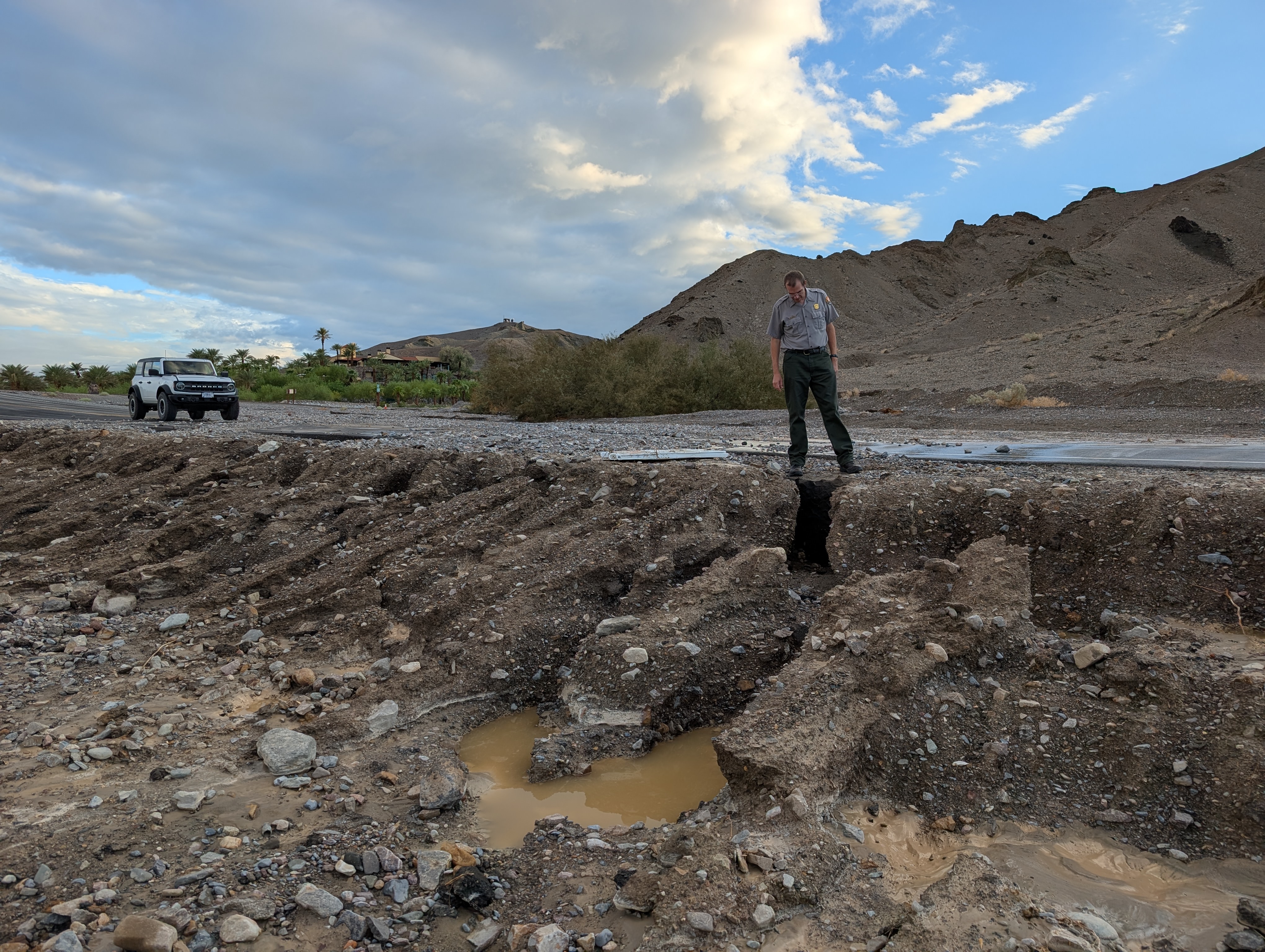
Remnants of Tropical Storm Mario closed roads in Death Valley National Park
The remnants of Tropical Storm Mario brought significant rainfall to Death Valley National Park on the night of September 18, 2025. The following roads are closed due to storm damage: Badwater Road, North Highway, West Side Road, Twenty Mule Team Canyon, Cottonwood - Marble Roads, Mustard Canyon, and Keane Wonder Mine Road.
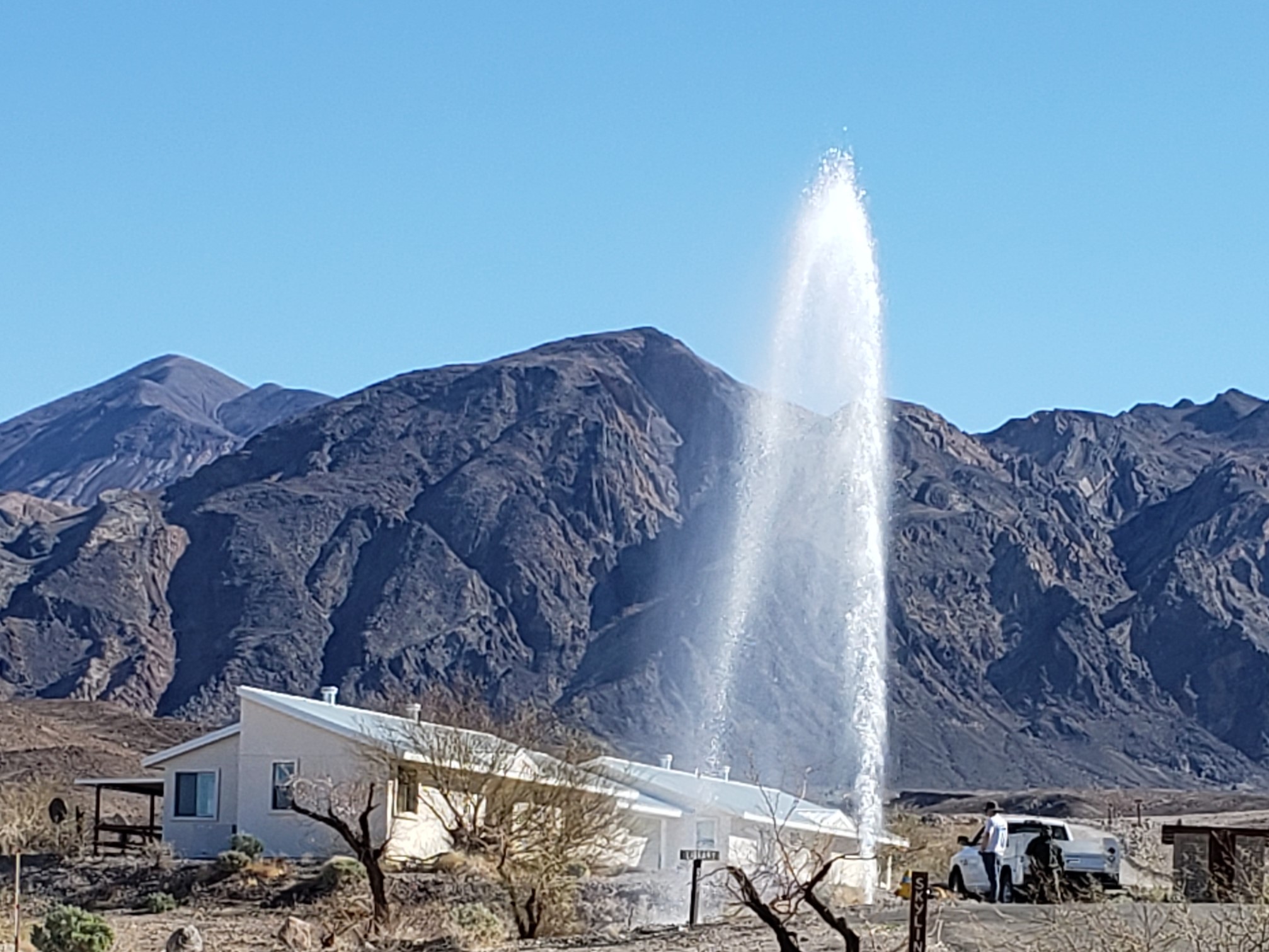
Free entrance to national parks on Great American Outdoors Act anniversary
As the 5th anniversary of the Great American Outdoors Act approaches, residents and staff at Death Valley National Park are thrilled about an upcoming major overhaul of the park’s largest water and wastewater systems. To celebrate the Act’s anniversary, all National Park Service sites will offer free park entrance on Monday, August 4.
Photo by Ronald Gaddis
Photo by NPS Photo
Photo by NPS photo
Photo by NPS / Jan Vanderlay
Photo by NPS / J. Jurado
Photo by NPS / J. Jurado
Photo by NPS / Kurt Moses
Photo by NPS / J. Jurado
Photo by NPS / J. Jurado